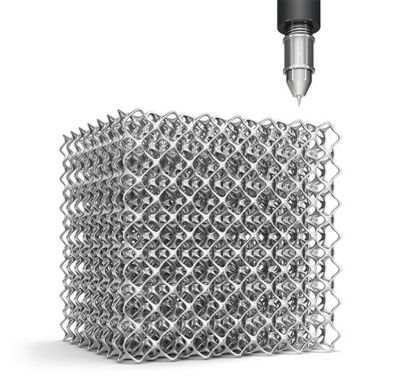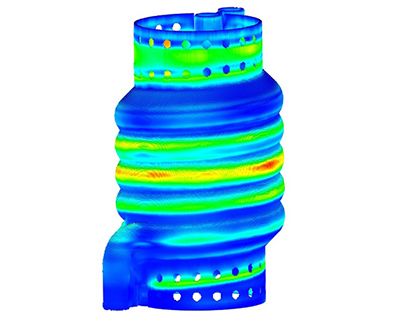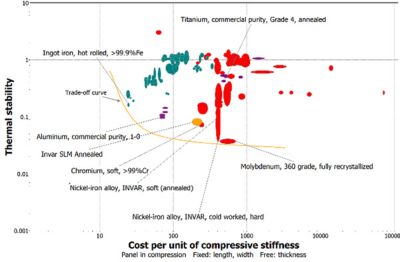-
United States -
United Kingdom -
India -
France -
Deutschland -
Italia -
日本 -
대한민국 -
中国 -
台灣
-
Ansysは、シミュレーションエンジニアリングソフトウェアを学生に無償で提供することで、未来を拓く学生たちの助けとなることを目指しています。
-
Ansysは、シミュレーションエンジニアリングソフトウェアを学生に無償で提供することで、未来を拓く学生たちの助けとなることを目指しています。
-
Ansysは、シミュレーションエンジニアリングソフトウェアを学生に無償で提供することで、未来を拓く学生たちの助けとなることを目指しています。
ANSYS BLOG
November 7, 2019
Selecting the Right Materials for Aerospace Additive Manufacturing
Additive manufacturing has become a popular tool to produce limited runs and complex parts. While this technique was originally used with polymers, material compatibility has expanded to metals, fibers and even biological matter.
This increase of material options has led to additive manufacturing becoming popular in many industries. For instance, metal printing has caught the eye of many in the aerospace industry.
Aerospace engineers design solutions that need to work in extreme environments — from the weather experienced by an airplane to the vacuum experienced by space vehicles.
Metal printing enables the production of unique parts from a wide variety of materials.
These extreme environments have driven aerospace and materials engineers to explore new techniques to help meet these design needs. Additive manufacturing aerospace materials is one possible solution. Therefore, engineers must make materials selections that fit the design’s working environment and the latest printing processes.
The Pros and Cons of Additive Manufacturing Aerospace Parts
Additive manufacturing is a shaping process that builds 3D objects one layer at a time. This enables engineers to create complex parts with minimal material waste.
For specialty parts, such as those found in the aerospace industry, printing on a part-by-part–basis can be incredibly powerful. It minimizes molding, part procurement and machining costs while maintaining the level of complexity needed for the aerospace industry.
Additive manufacturing can also make parts that are impossible or impractical to produce using conventional methods. As a result, engineers can use lightweighting techniques like topology optimization, lattice structures and organic shapes.
Additive Print simulates the mechanical stresses within a printed part. The part and printing process can then be tailored to reduce material cost and trial-and-error. Image courtesy of Additive Industries.
Additive manufacturing materials, however, are not without their problems.
One challenge, particularly for designers, is the optimization of the part manufacturing process. For instance, as each layer solidifies separately, the part could experience distortions, defects and internal stresses. These printing complications are often solved through trial-and-error.
Scrapping a metal print is expensive; the cost of trail-and-error could outweigh the benefits of switching to an additive manufacturing process. Ansys Additive Suite provides a comprehensive and scalable software solution which minimizes these risks. It ensures high-quality, certifiable parts.
Additive Manufacturing Materials for the Aerospace Industry
Another printing challenge relates to the material properties of the printed parts. Due to the differences in solidification, parts can have regions with significantly different materials properties.
The final properties of a material have a direct connection to a part’s performance. Therefore, engineers need to be able to compare additive manufacturing to conventional manufacturing processes to determine the best production method for the part.
GRANTA Selector compares research data (orange) with a database of thousands of industry standard materials. This shows how the printing process alters the material properties.
Ansys GRANTA Selector is an industry standard for materials selection. It enables engineers to compare the properties of thousands of materials. Engineers can assess material properties (like thermal stability), economic properties (like cost) and more.
Engineers can also add characterization data to the database. This ability makes it possible to visualize how printed materials perform against the same materials processed through conventional methods. These comparisons enable engineers to find more applications where additive manufacturing can be used.
To see how GRANTA Selector can assist in additive manufacturing materials selection and property exploration, watch the webinar: Materials Selection in Research and Teaching — An Aerospace Additive Manufacturing Example.













